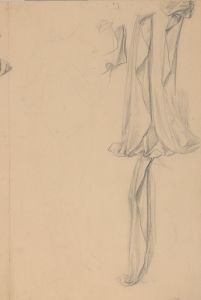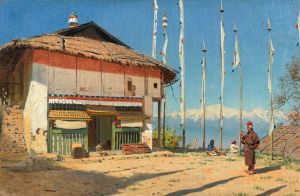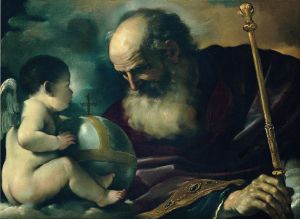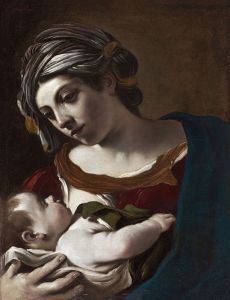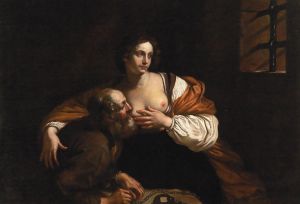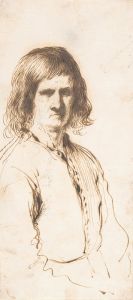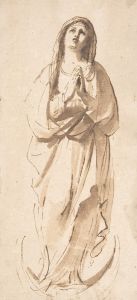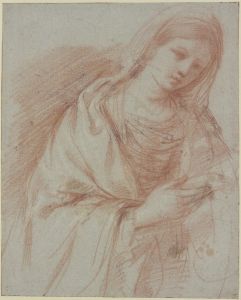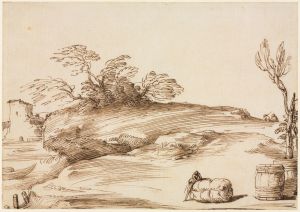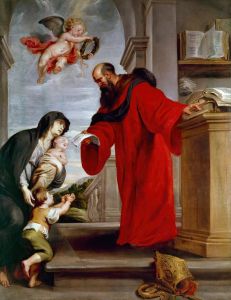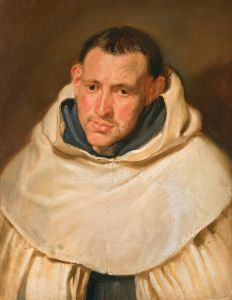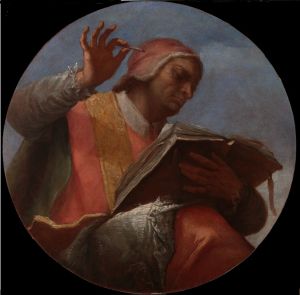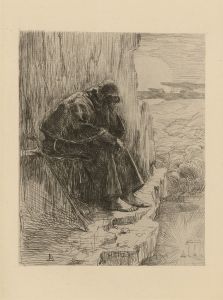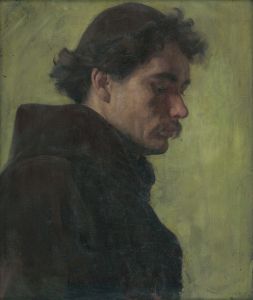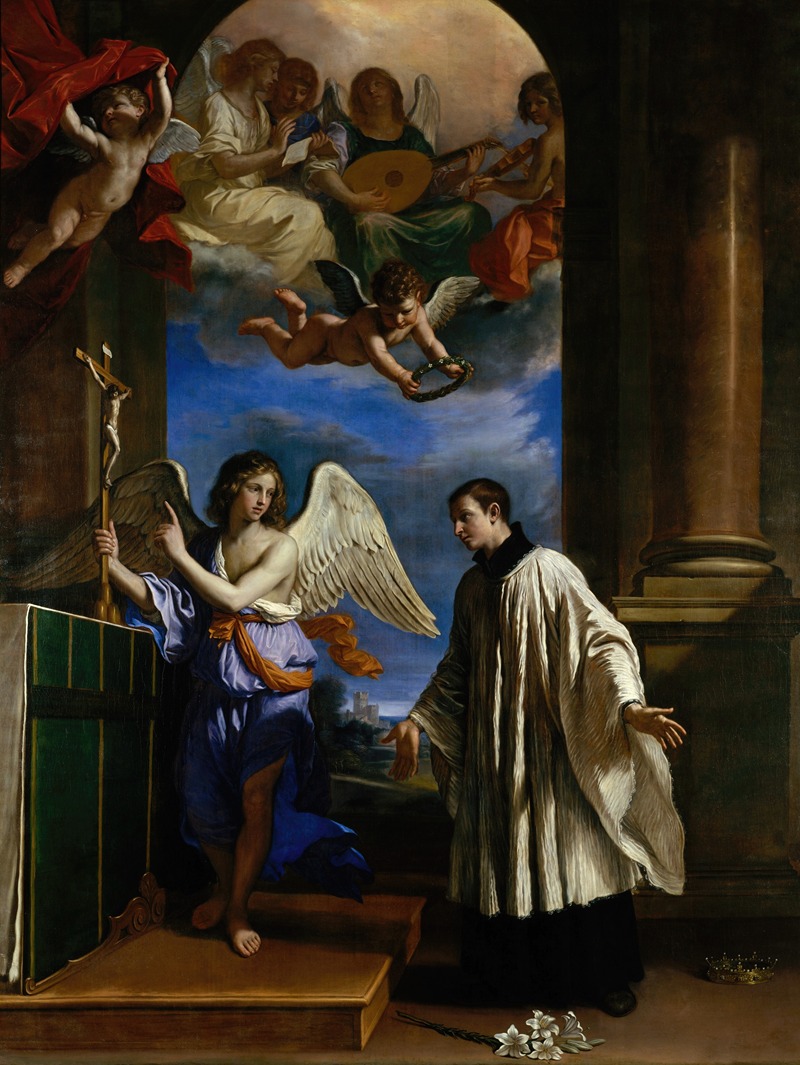
The Vocation of Saint Aloysius Gonzaga
A hand-painted replica of Guercino’s masterpiece The Vocation of Saint Aloysius Gonzaga, meticulously crafted by professional artists to capture the true essence of the original. Each piece is created with museum-quality canvas and rare mineral pigments, carefully painted by experienced artists with delicate brushstrokes and rich, layered colors to perfectly recreate the texture of the original artwork. Unlike machine-printed reproductions, this hand-painted version brings the painting to life, infused with the artist’s emotions and skill in every stroke. Whether for personal collection or home decoration, it instantly elevates the artistic atmosphere of any space.
"The Vocation of Saint Aloysius Gonzaga" is a painting by the Italian Baroque artist Giovanni Francesco Barbieri, known as Guercino. This artwork is a notable example of Guercino's religious paintings, which were highly esteemed during the Baroque period for their emotional intensity and dynamic compositions.
Guercino was born in 1591 in Cento, a town near Bologna, Italy. He was a prominent figure in the Baroque movement, known for his use of dramatic lighting and expressive figures. His works often depicted religious themes, and he was commissioned by various patrons, including the Catholic Church, to create altarpieces and other devotional images.
Saint Aloysius Gonzaga, the subject of this painting, was an Italian aristocrat who became a member of the Society of Jesus (Jesuits). Born in 1568, Gonzaga is remembered for his piety and dedication to the faith, having renounced his noble heritage to join the Jesuits. He died at a young age in 1591, having contracted the plague while caring for the sick in Rome. He was canonized as a saint in 1726 and is considered the patron saint of young students and Christian youth.
"The Vocation of Saint Aloysius Gonzaga" captures a significant moment in the life of the saint, likely depicting his decision to join the Jesuit order. Guercino's portrayal of this event would have been intended to inspire devotion and emulate the saint's virtues of humility and service. The painting is characterized by Guercino's typical use of chiaroscuro, a technique that contrasts light and dark to create a sense of volume and drama. This technique helps to focus the viewer's attention on the central figures and the emotional intensity of the scene.
The composition of the painting is dynamic, with figures arranged in a way that guides the viewer's eye through the narrative. Guercino's skillful use of color and light enhances the spiritual atmosphere of the work, emphasizing the divine calling of Saint Aloysius. The expressions and gestures of the figures are rendered with great attention to detail, conveying a sense of movement and emotion that is characteristic of Guercino's style.
While specific details about the commission or the original location of the painting are not well-documented, Guercino's works were widely sought after during his lifetime, and he received commissions from various religious institutions and private patrons. His paintings were known for their ability to convey religious themes with both clarity and emotional depth, making them effective tools for devotion and contemplation.
"The Vocation of Saint Aloysius Gonzaga" remains an important example of Guercino's religious art, reflecting both the artist's technical skill and his ability to convey complex spiritual narratives. The painting continues to be appreciated for its artistic merit and its role in the broader context of Baroque religious art.





